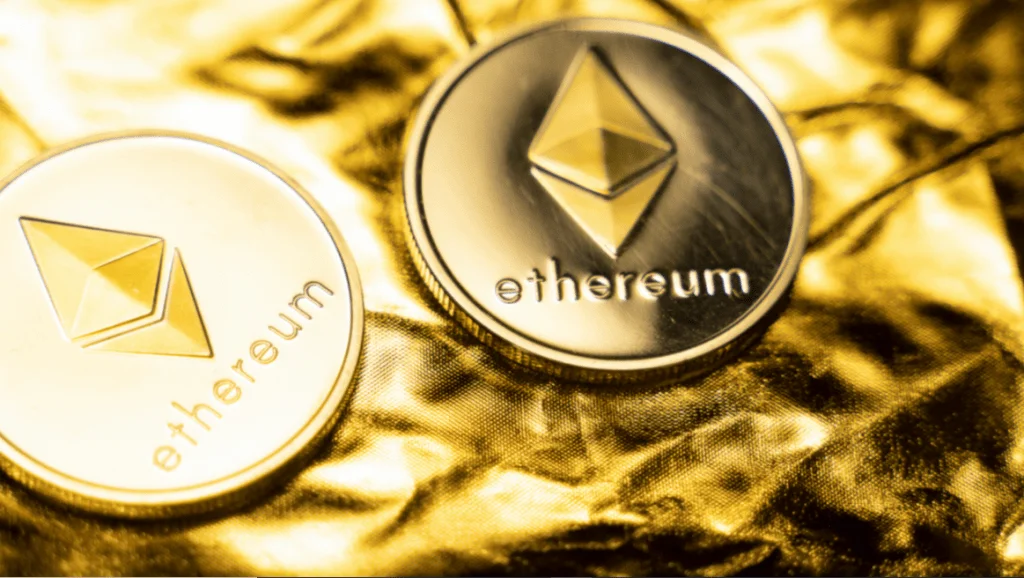Finally, the year 2022 has arrived, the year when the long-awaited upgrade to Ethereum 2.0 is set to take place.

Although Ethereum developers are undoubtedly working feverishly to fulfil this deadline, there is no way of knowing if the space will truly witness the transition to ETH 2.0 this year. However, the network has already passed a number of significant milestones in the run-up to the big “Merge,” and it has recently passed another.
The Stake in Ethereum Has Reached $30 Billion
Since the update was initially announced, the quantity of Ethereum staked ahead of 2.0 has steadily increased. To become a node validator, you’ll need 32 ETH, although individuals who don’t have that much can stake utilizing staking pools offered by cryptocurrency exchanges. As a result, the number of validator nodes operating on the Ethereum network has skyrocketed.
The Ethereum community celebrated 6.6 million ETH staked on the network in July of last year, accounting for nearly 5% of the total ETH supply staked. In less than six months, this figure has increased by roughly 50%, with 9 million ETH presently staked ahead of Ethereum 2.0. The ETH 2.0 contract address currently has a total of 9,015,586 ETH staked, and the figure is rising by the day.
For the first time, the value of ETH locked on the network has topped $30 billion, marking a huge milestone for the digital asset. The network’s total number of validator nodes has already topped 222k, and it continues to expand as new nodes are added.
The Struggle for ETH 2.0
The network would switch to a proof of stake method from the energy-intensive and computationally costly proof of work mechanism in Ethereum 2.0. This would minimize the network’s energy usage as well as the processing power needed to confirm transactions, making it a more environmentally friendly and efficient network.
The network is getting close to the finish line. However, there are a few more hurdles to clear. Ethereum 2.0 has seen significant setbacks and delays, as is to be expected with any technical breakthrough, and there may be even more delays in the future.

Ethereum developers just released the Kintsugi testnet, a public testnet that allows people to experience what it’s like to utilize the new Ethereum network. EIP-4345, dubbed Arrow Glacier, was also issued, delaying the Difficulty Bomb until June 2022. Both of these initiatives, as well as others scheduled in the following months, will aid in the network’s preparation for the shift to proof of stake and guarantee a seamless transition for everyone.
